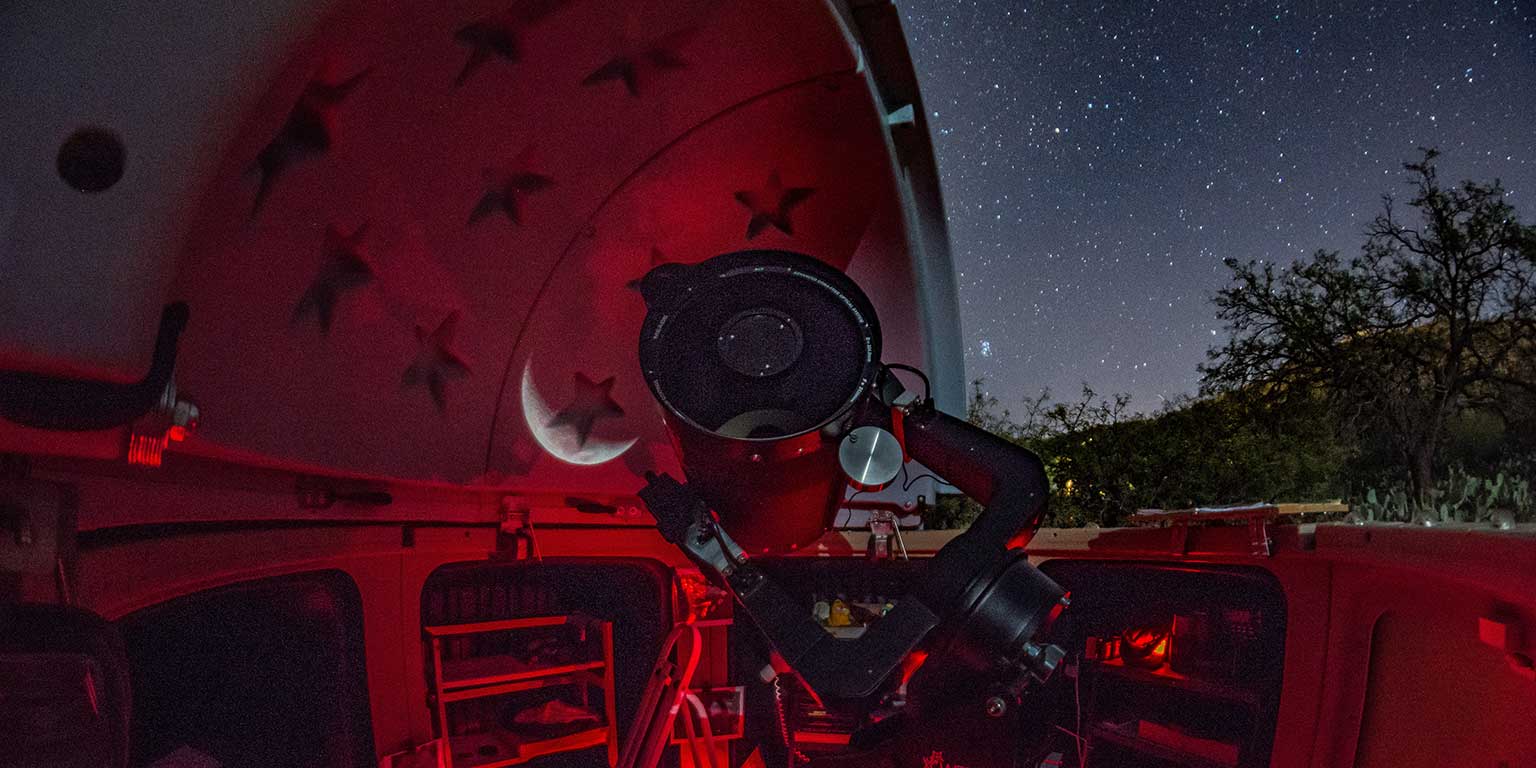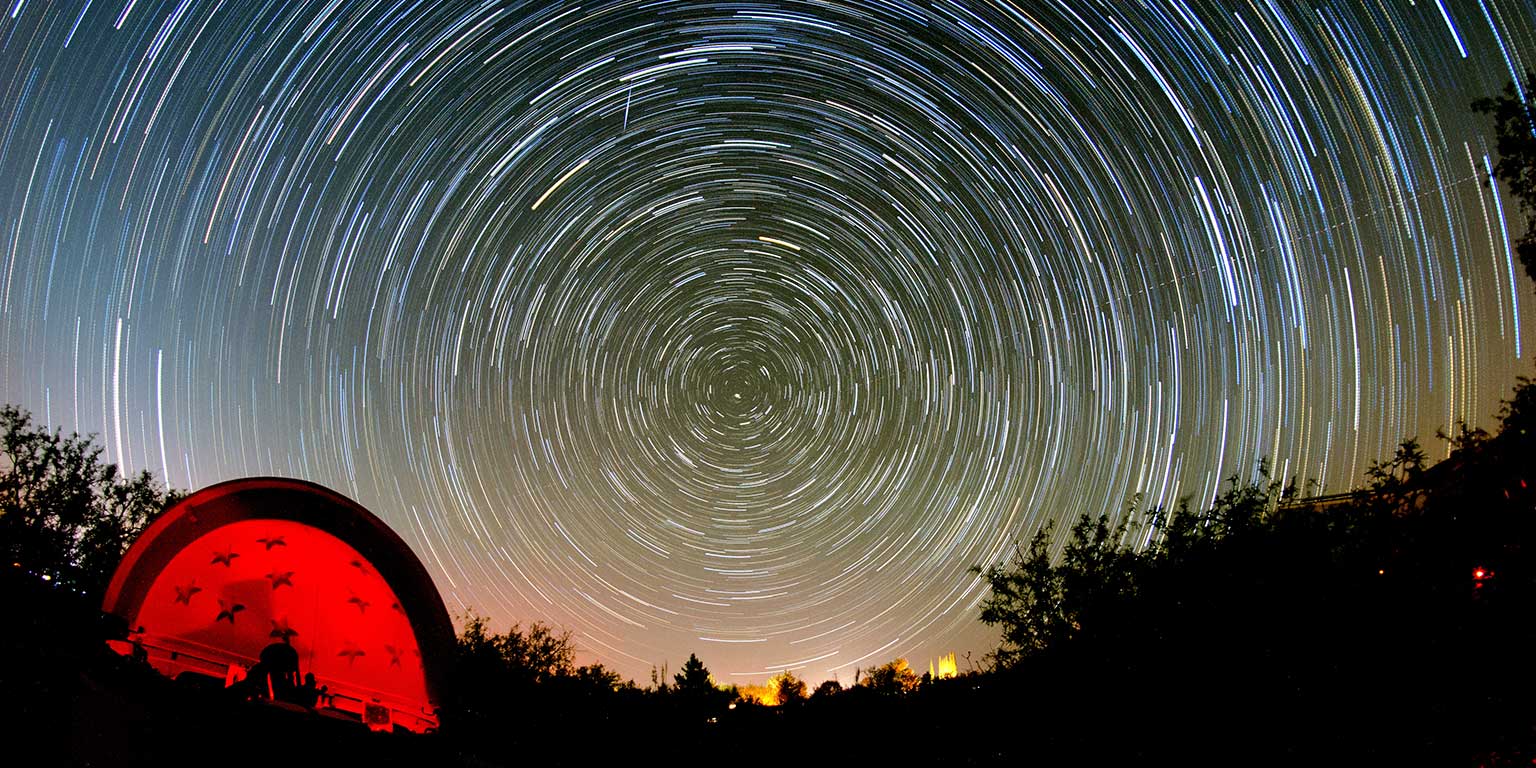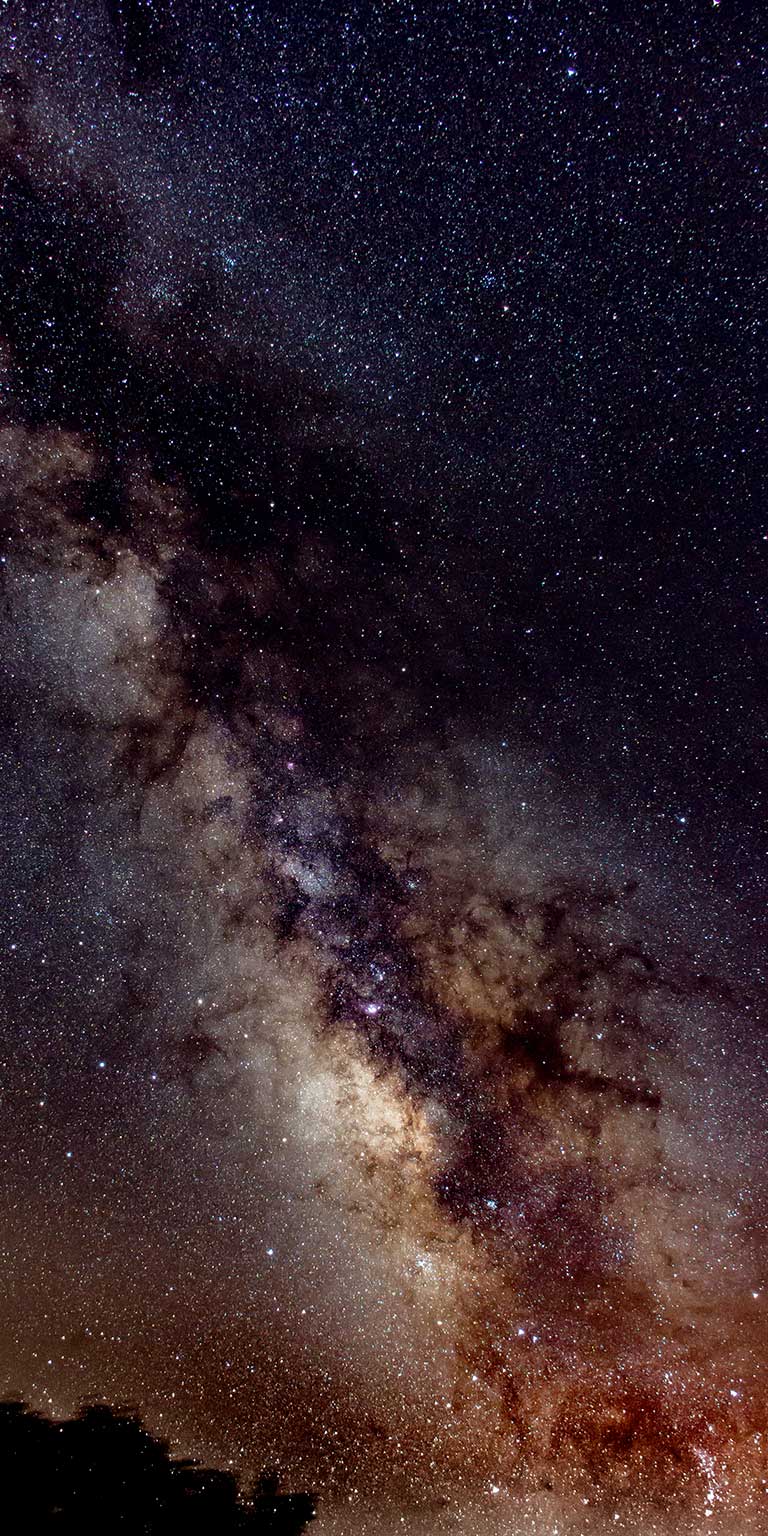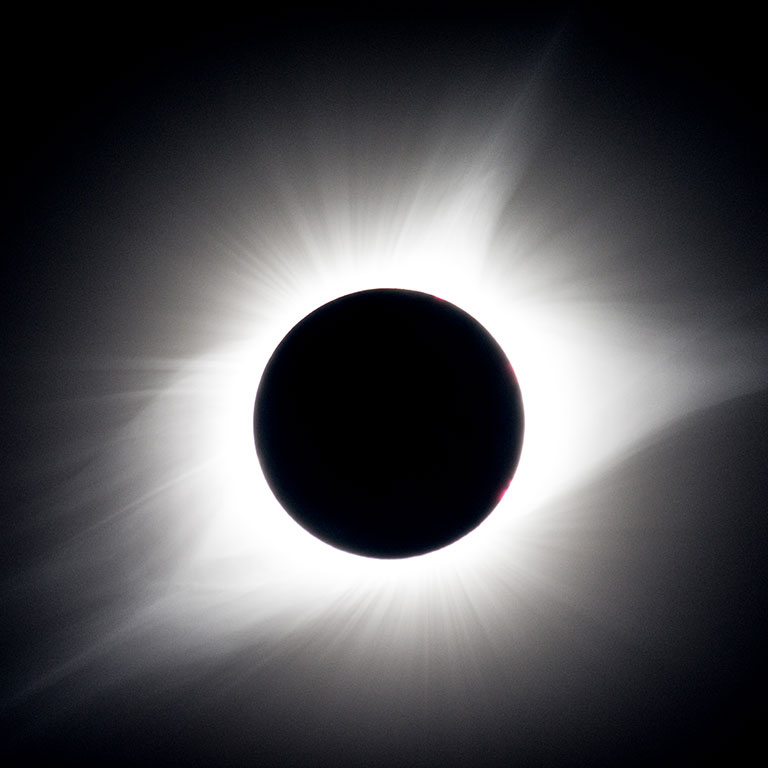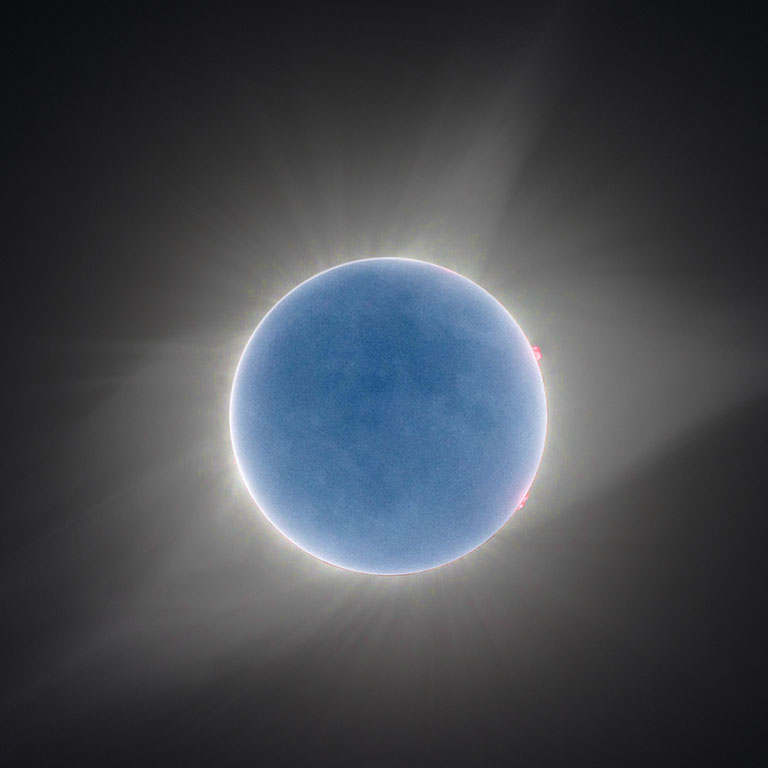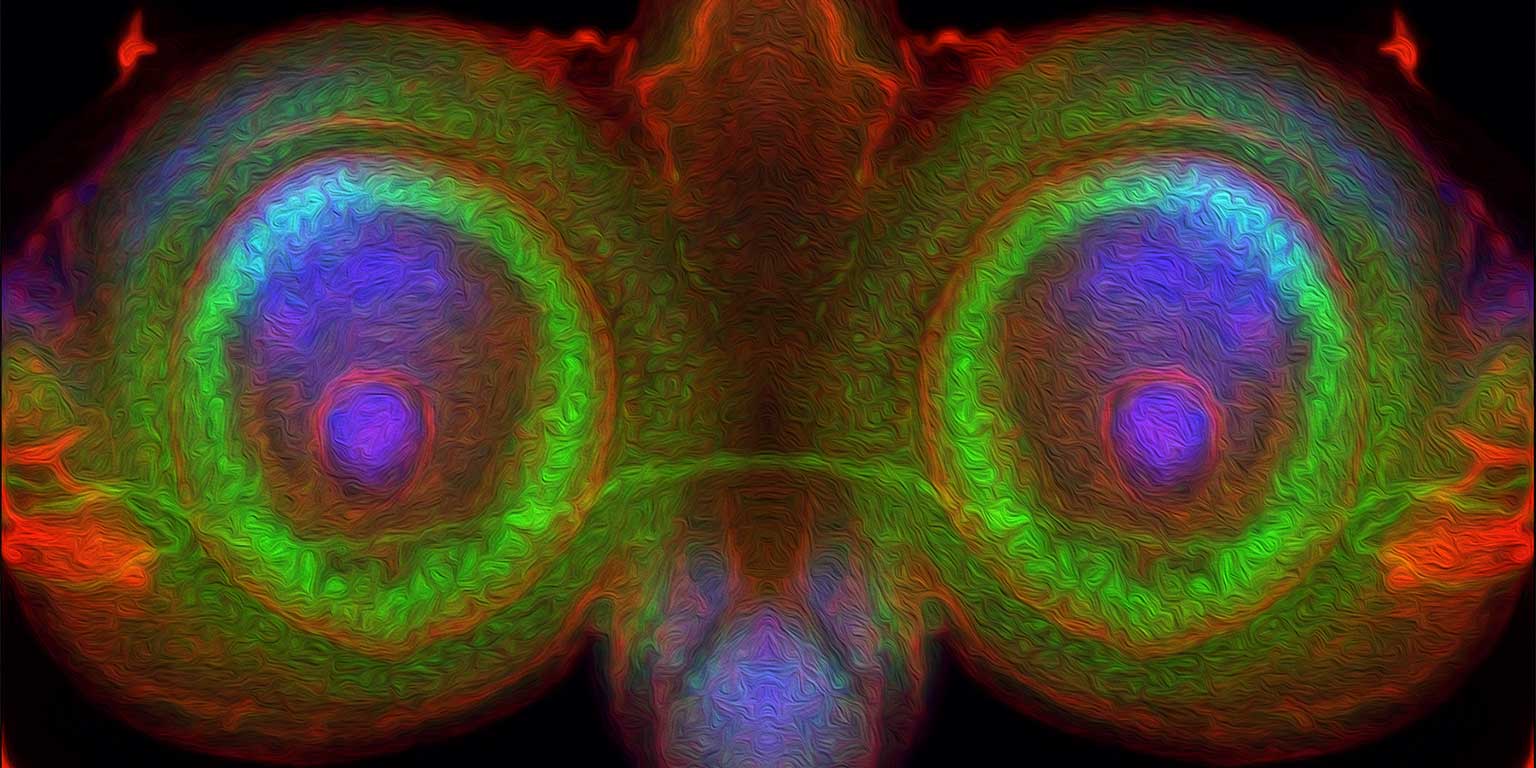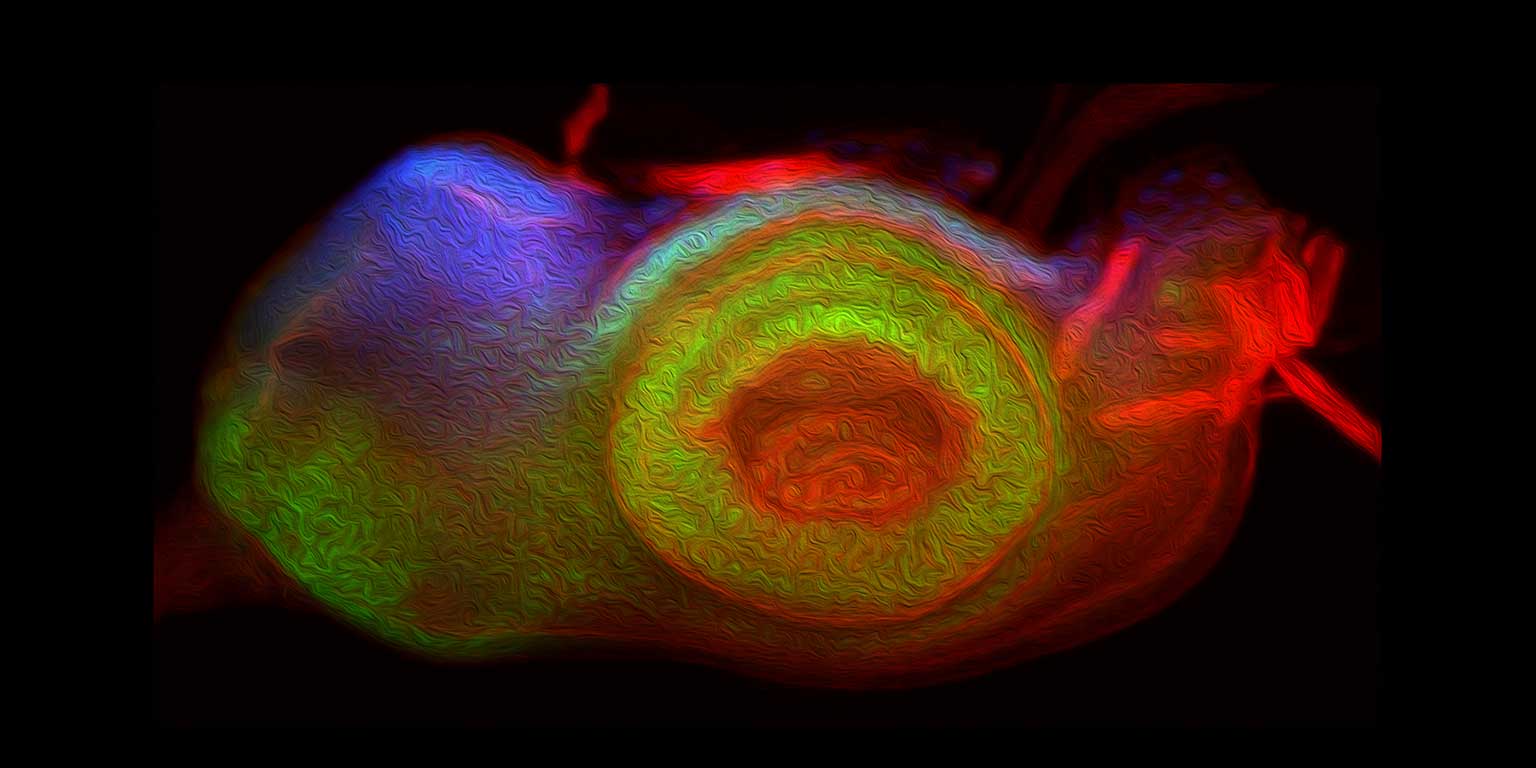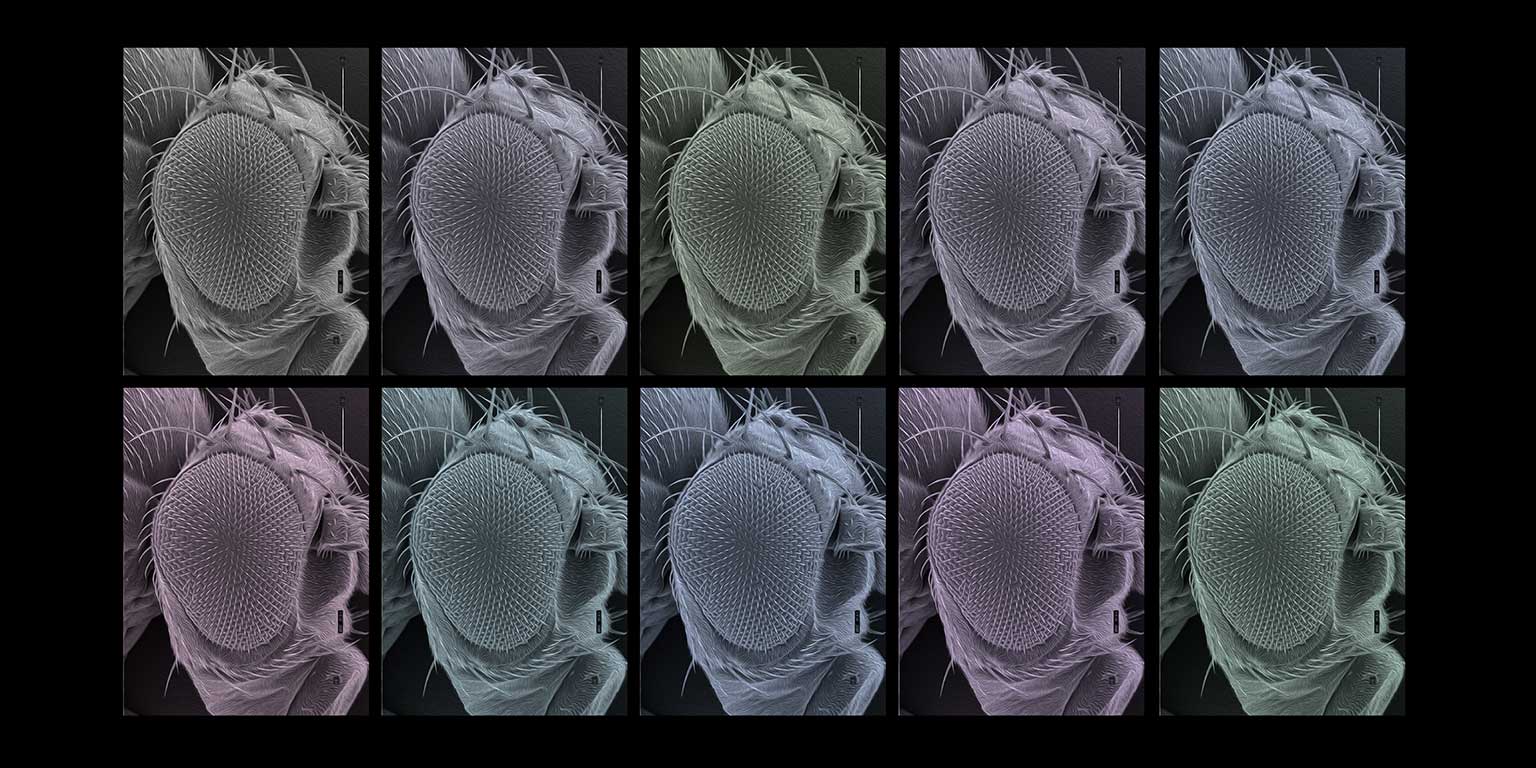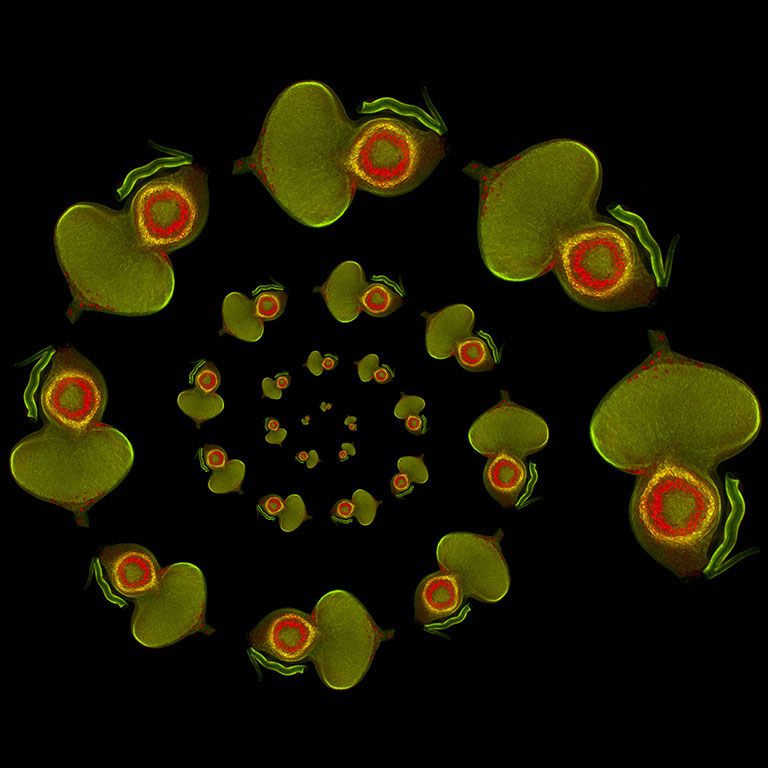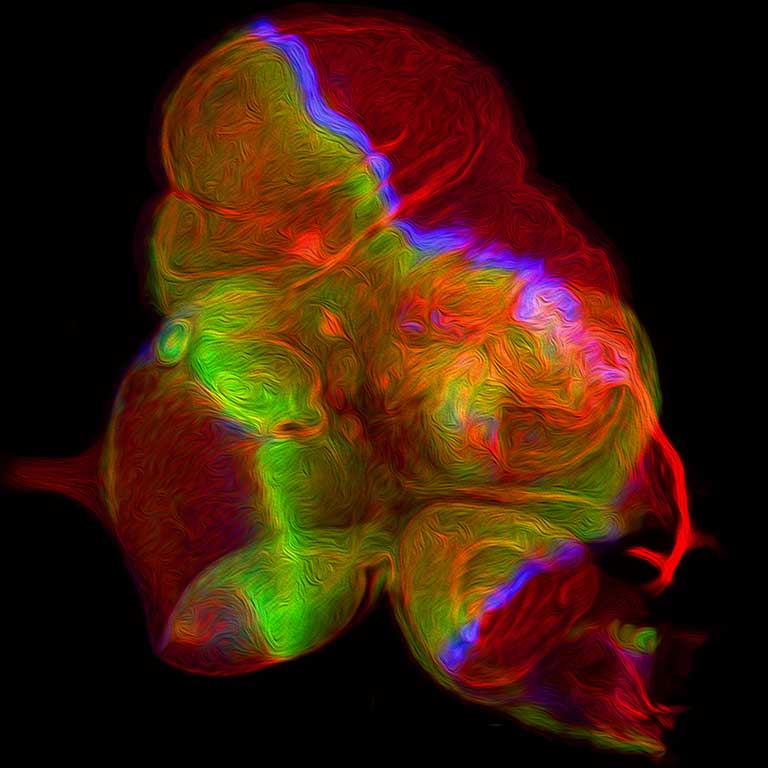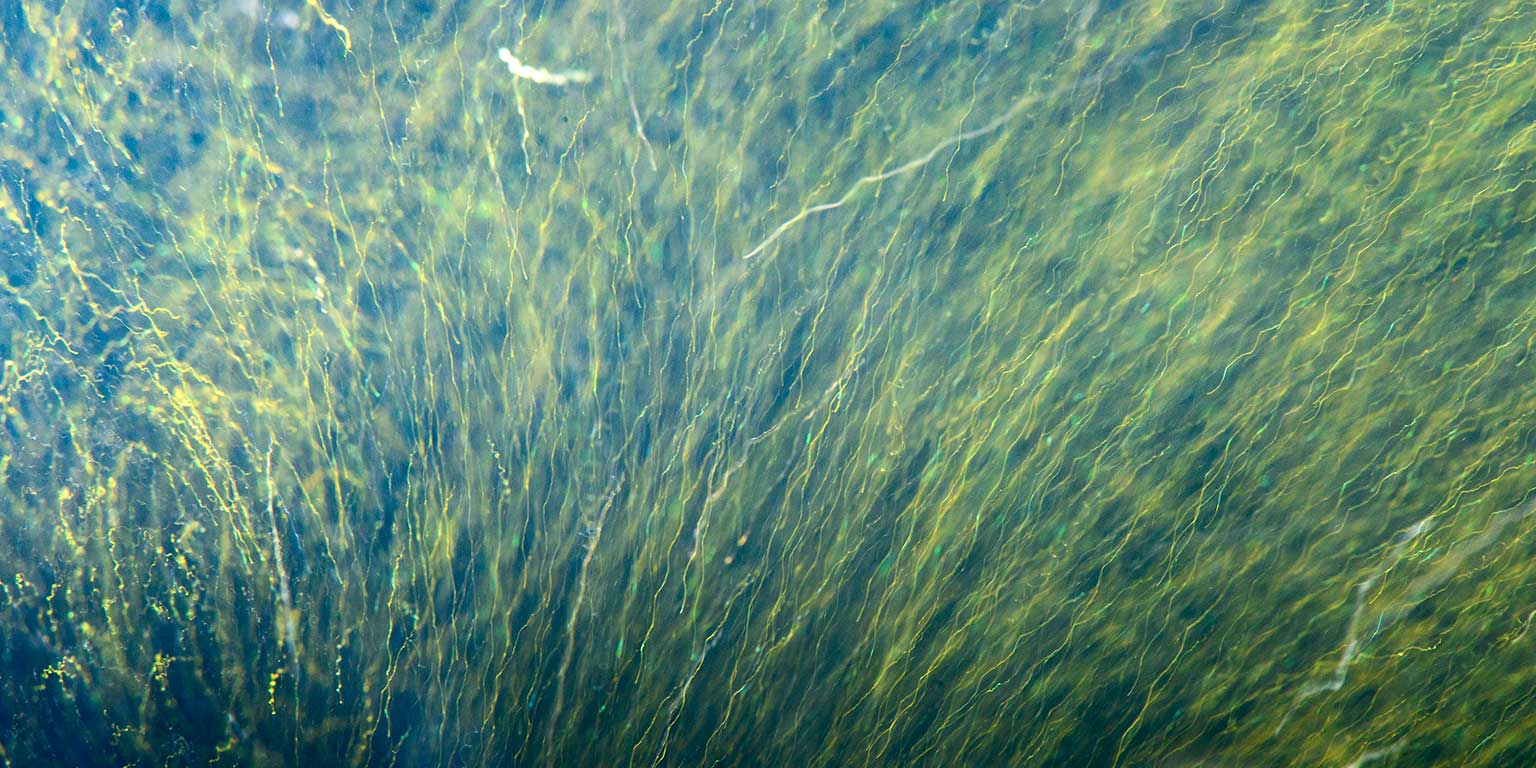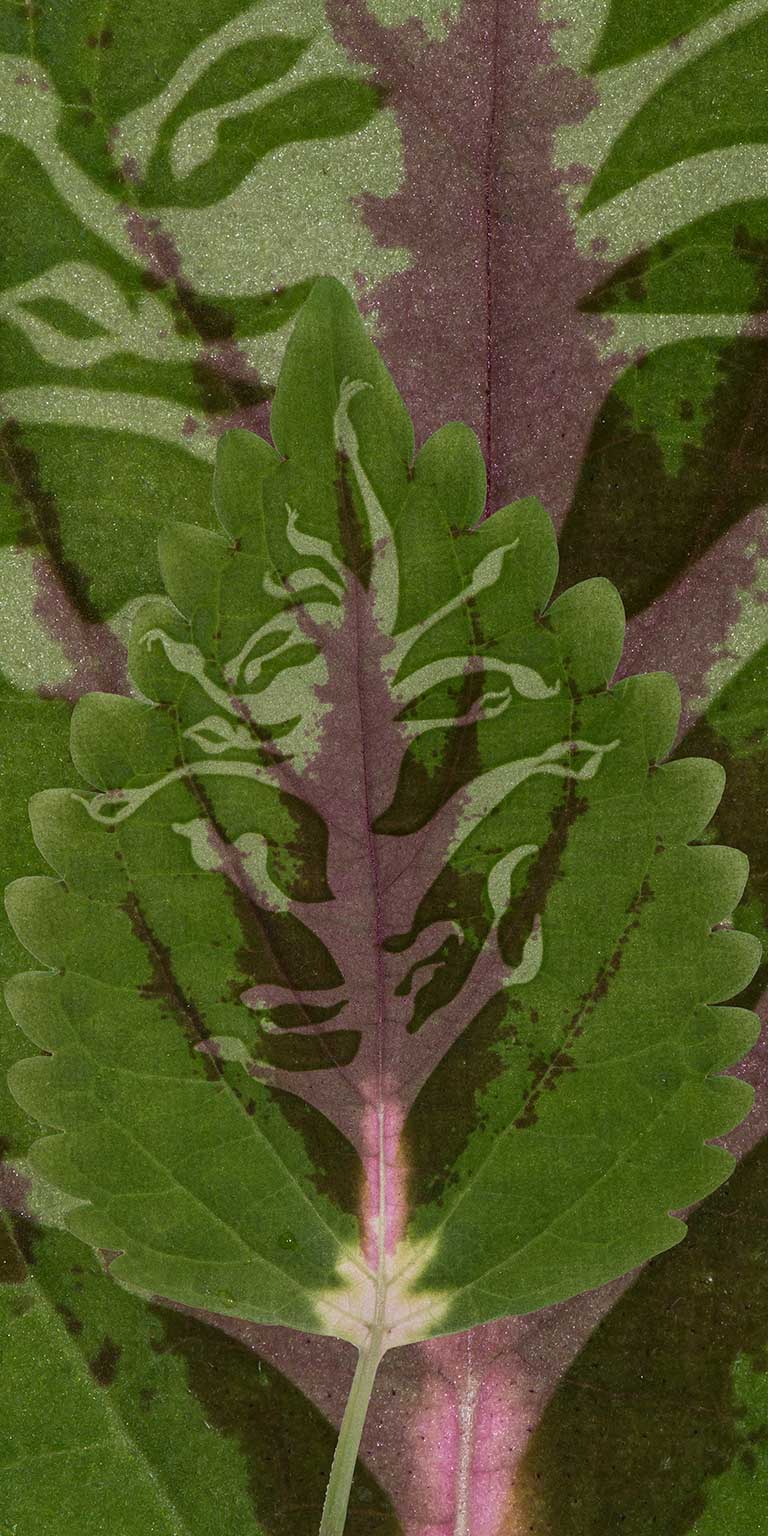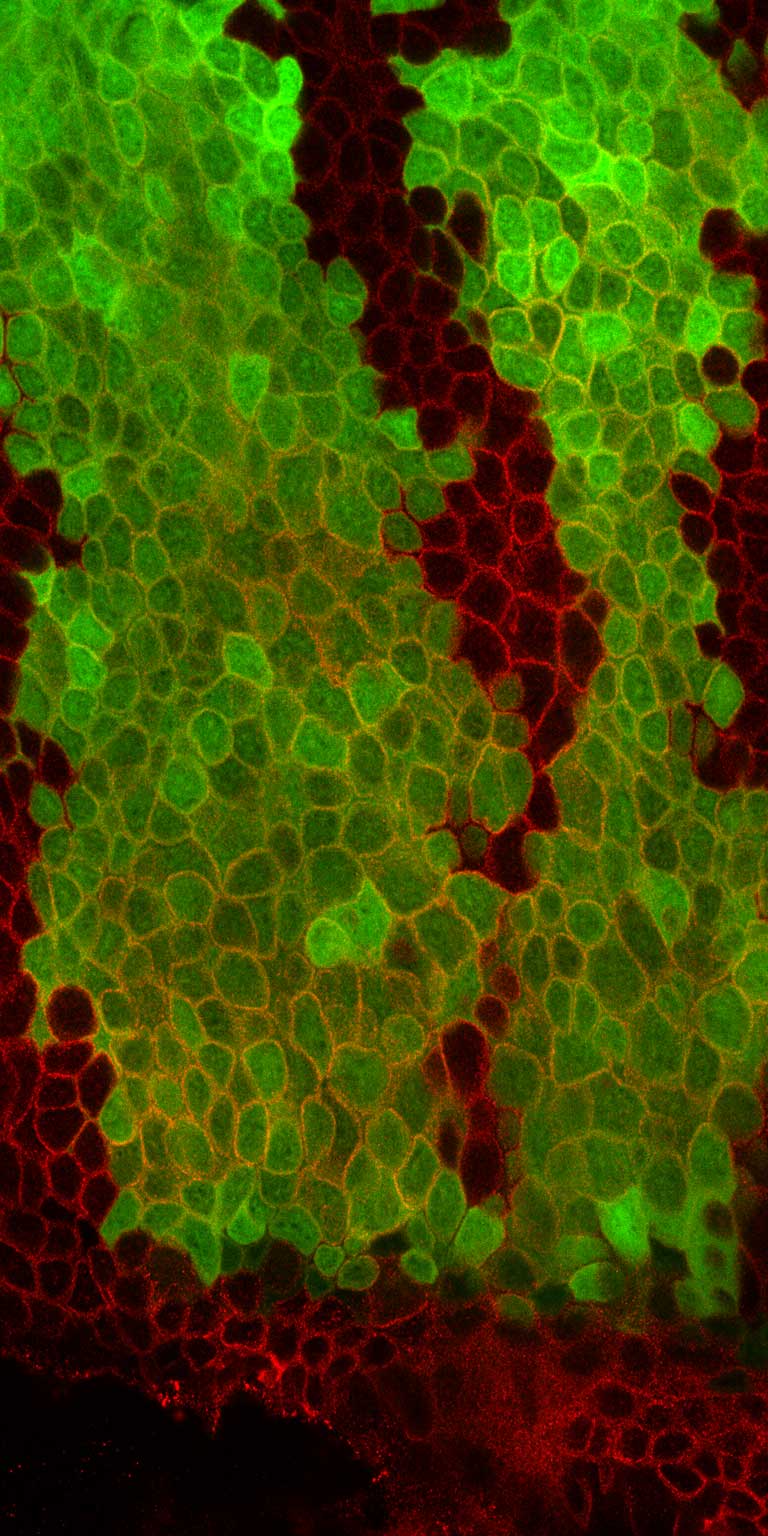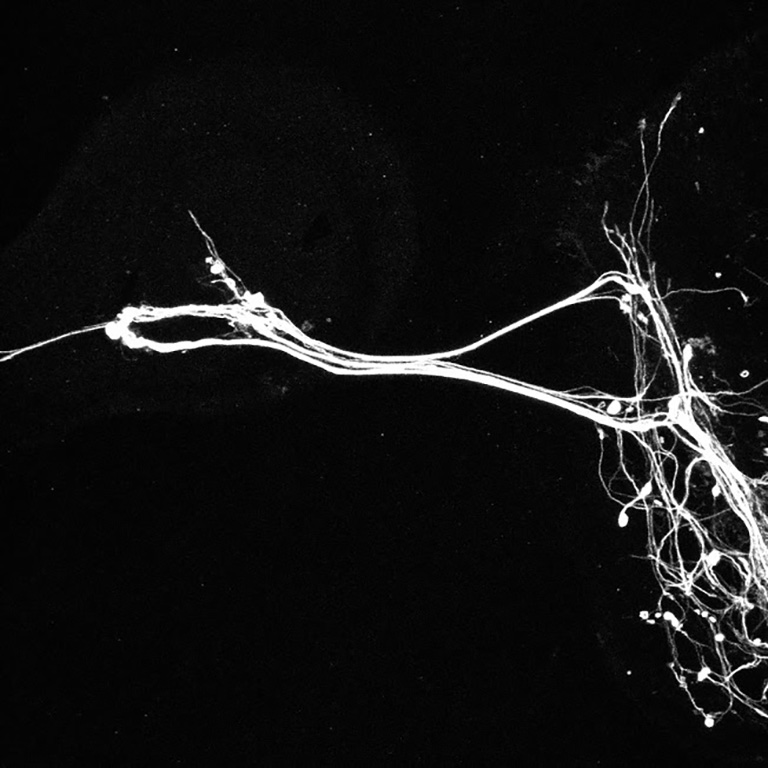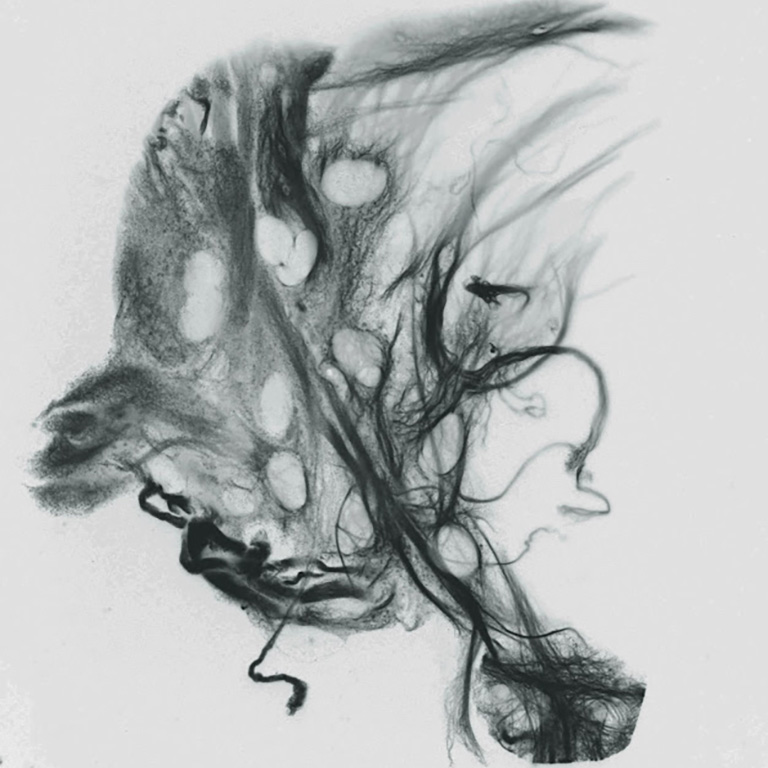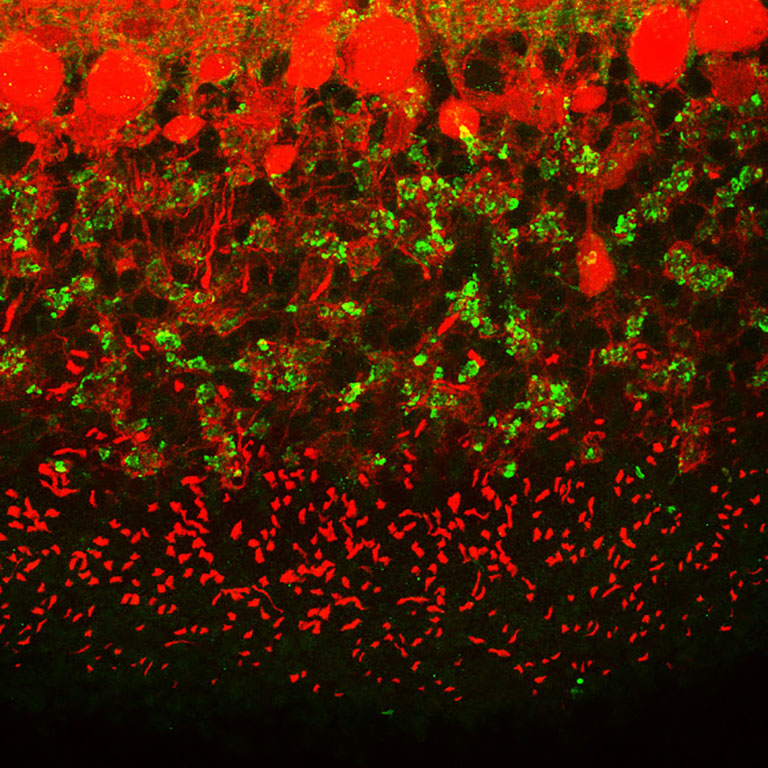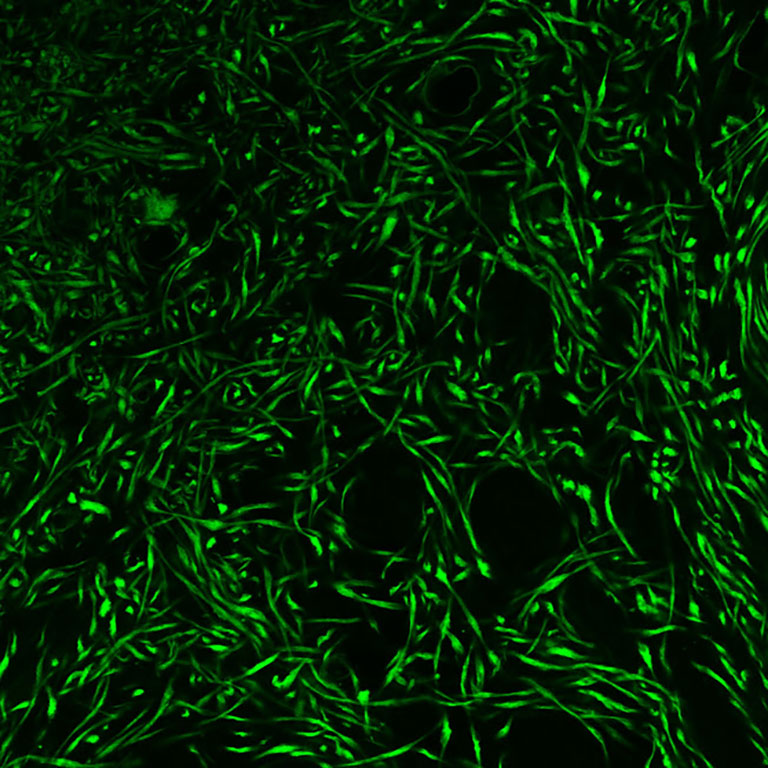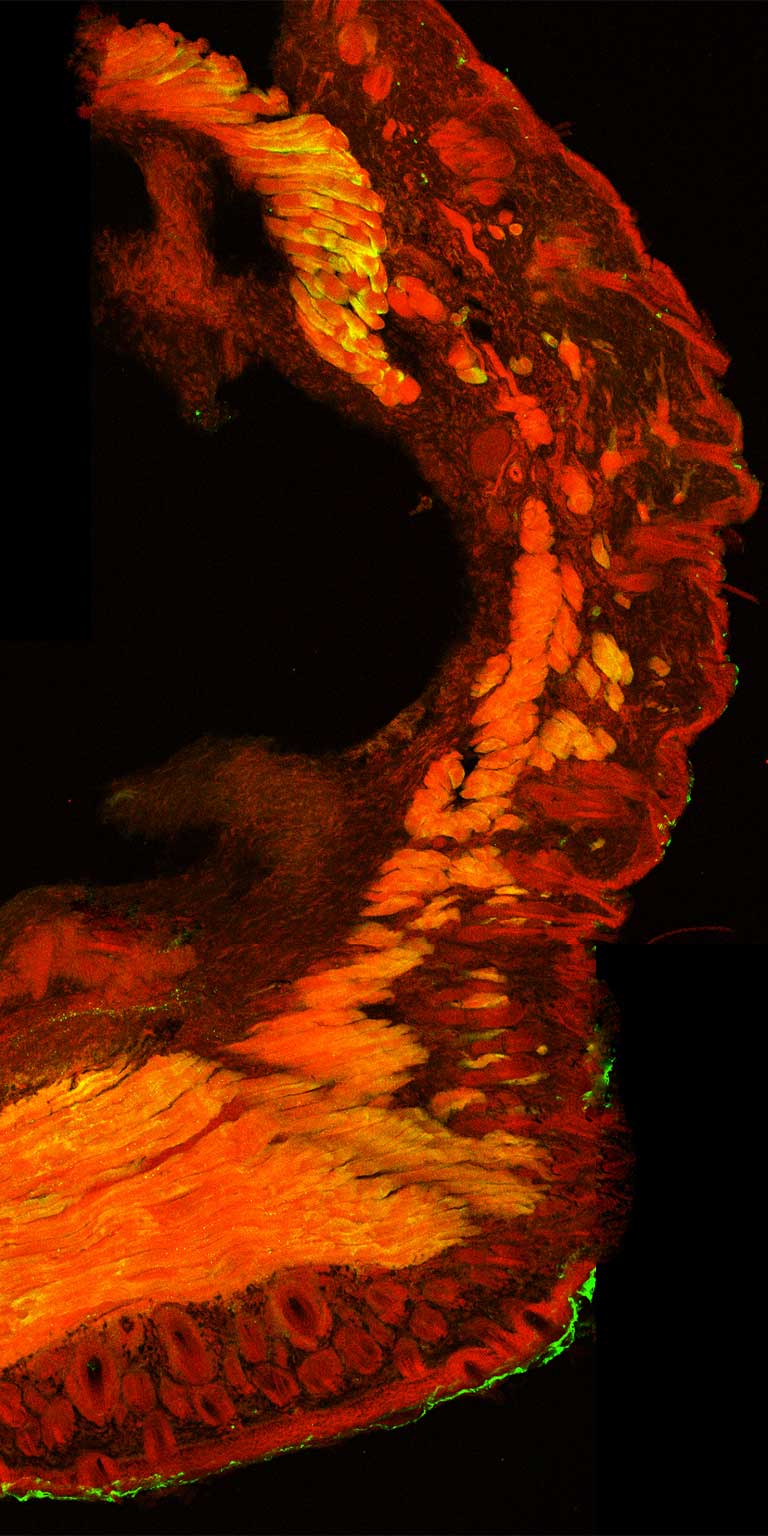Weasner stresses, too, that capturing certain natural phenomena can be an elusive endeavor. Total solar eclipses, for instance, don’t happen every day. The eclipse that occurred in North America in August 2017 was Weasner’s first successfully photographed total solar eclipse, but not his first attempt.
“My first attempt was in March 1970,” he says, “when I was a senior at IU. A bunch of us drove down to Florida to observe the eclipse, but we got totally clouded out and couldn’t see anything.”
Weasner captured a variety of images from the 2017 event, two of which are pictured above.
“The first image, the one in black-and-white, is a very short exposure, which I used in order to capture the bright streamers within the sun’s corona,” Weasner says. “The second image isn’t filtered or artificially colored or anything like that; rather, it’s an image that shows how the moon is being illuminated by earthshine. During a total solar eclipse, your eye can’t see it, but if you do a long exposure, you can bring out the moon being lit up by the reflection off the Earth’s water and clouds and whatever part of the Earth is facing the moon at that time. In that second image, too, at about two o’clock and four o’clock, you can see several pinkish areas. These are actually huge, massive explosions of gas being ejected off the sun and then falling back into the sun. It’s only during a total eclipse that you can see these prominences without special filtration or other more advanced technology.”
But, of course, the sciences are just as concerned with the miniscule as they are with the massive. Justin Kumar, a developmental biologist and a professor in the College’s Department of Biology, has spent decades studying how the compound eye of the fruit fly, Drosophila melanogaster, acquires its cellular identity and pattern. As an undergraduate studying with molecular biologist Karl Fryxell at the University of California, Riverside, Kumar found a lifelong area of study — and a source of art — at the end of a microscope.
“I become enamored by the simple yet beautiful structure of the Drosophila compound eye,” Kumar recalls. “It contains approximately 750 small unit eyes called ommatidia that are arranged in a precise, repetitive, hexagonal array. Its structure is so stereotyped and free of mistakes that it has been affectionately called a ‘neurocrystalline lattice.’”





